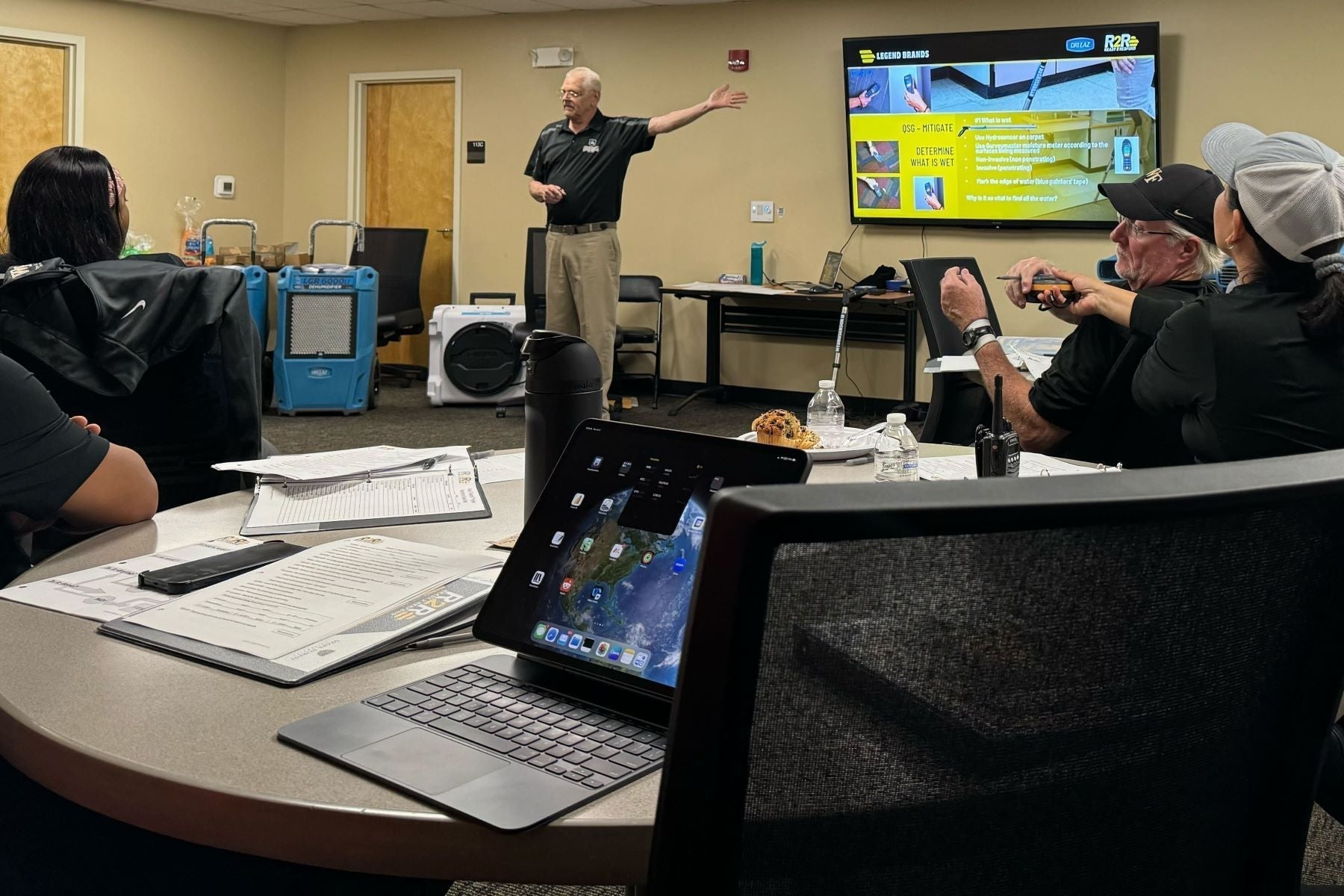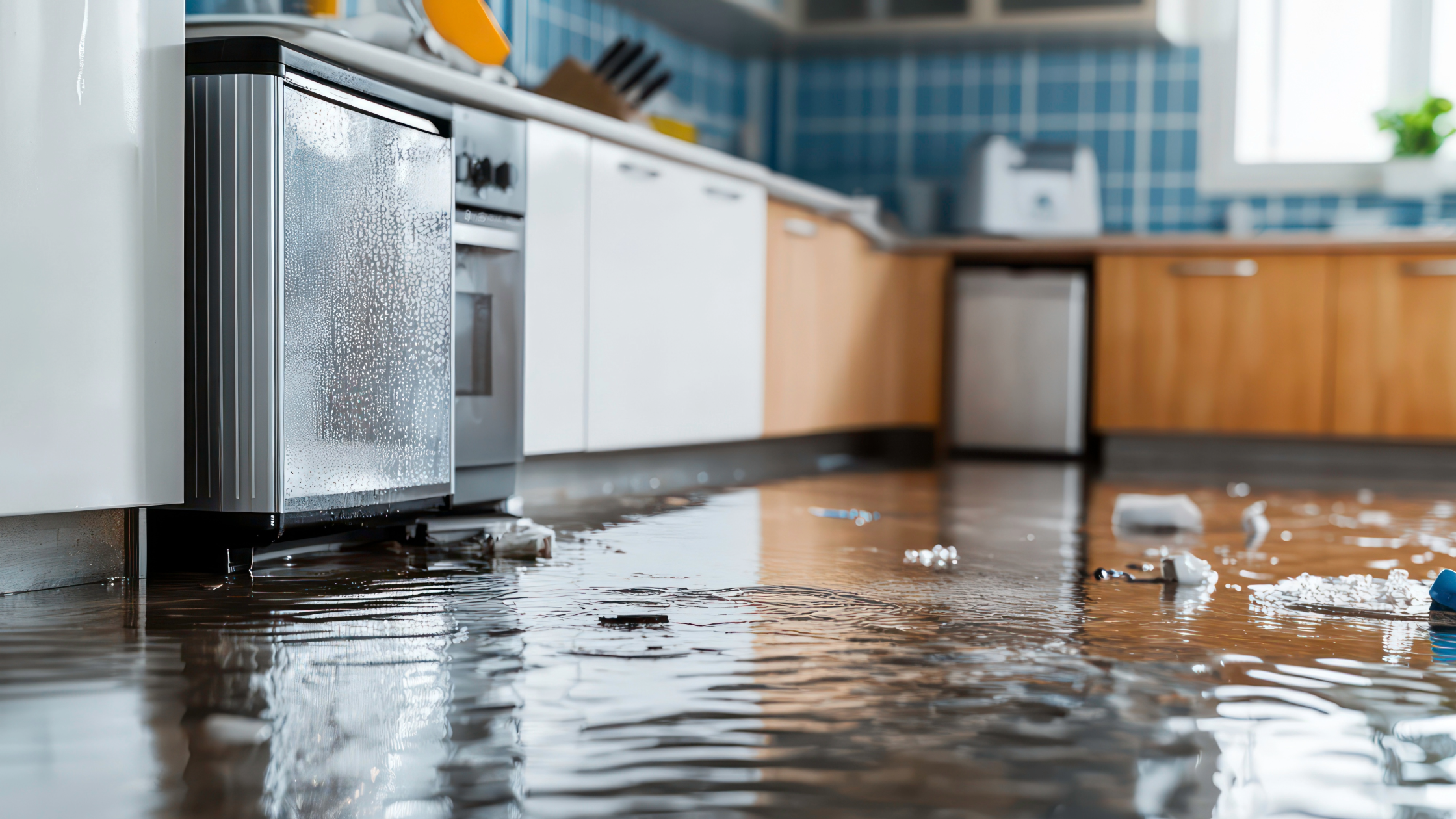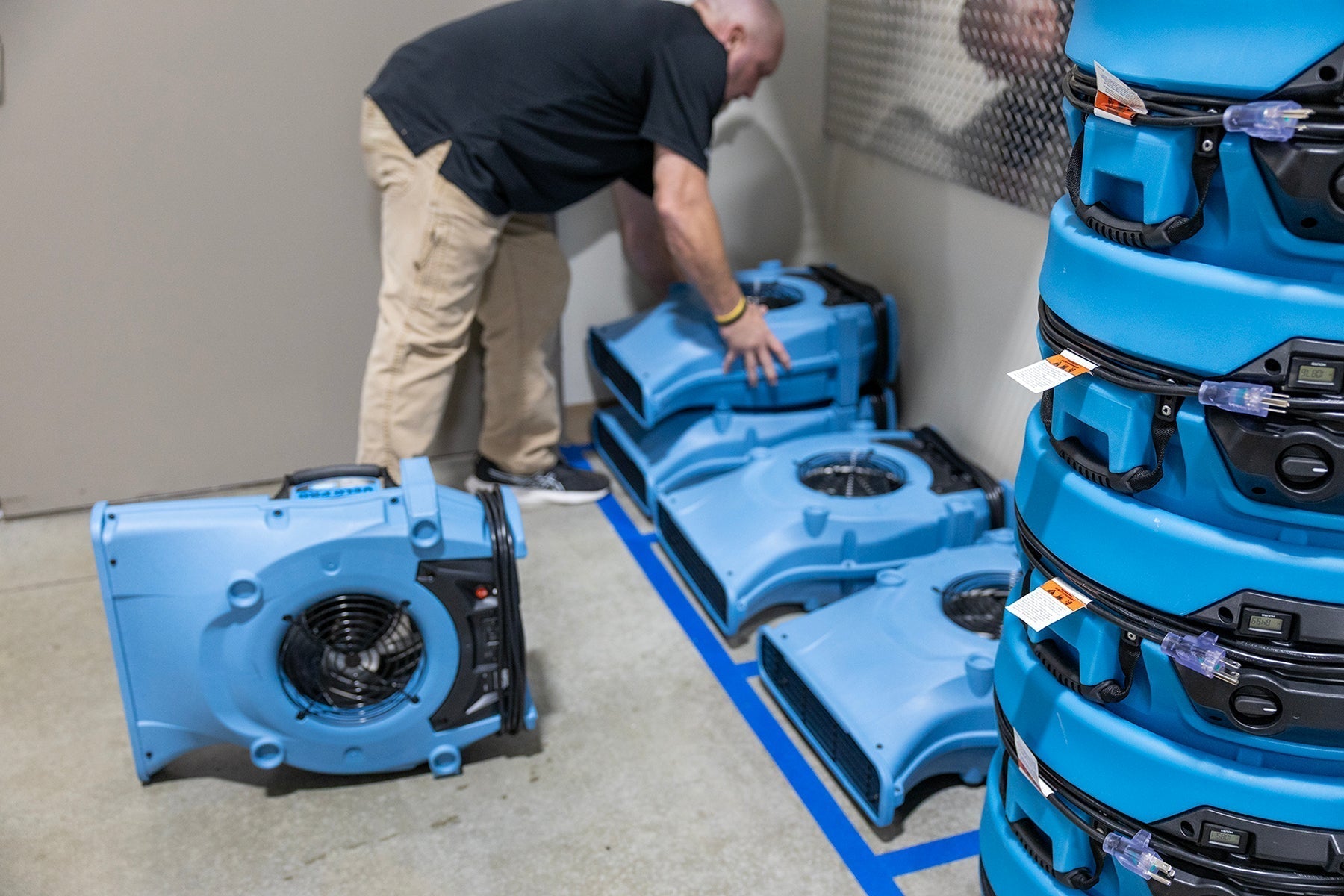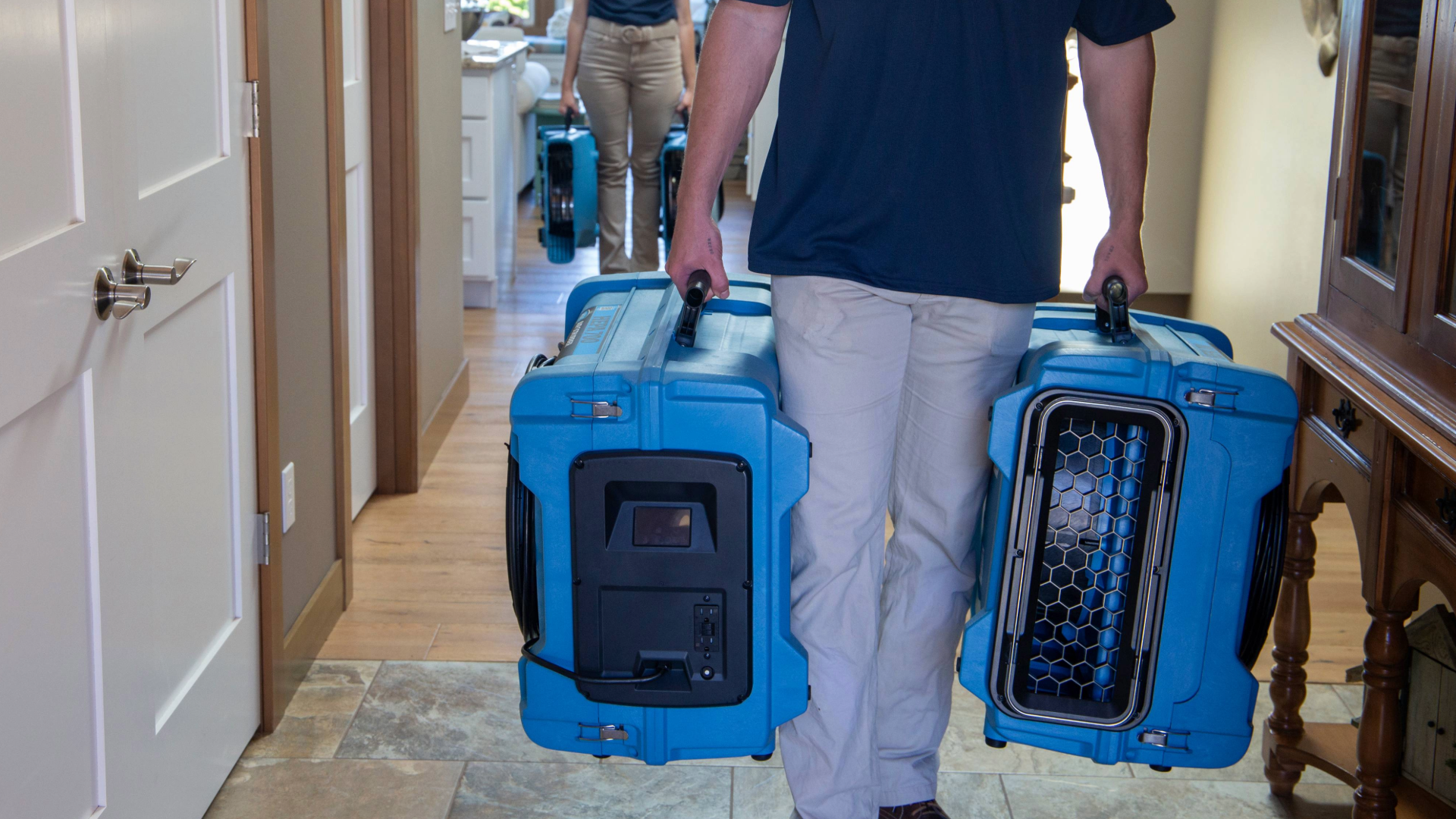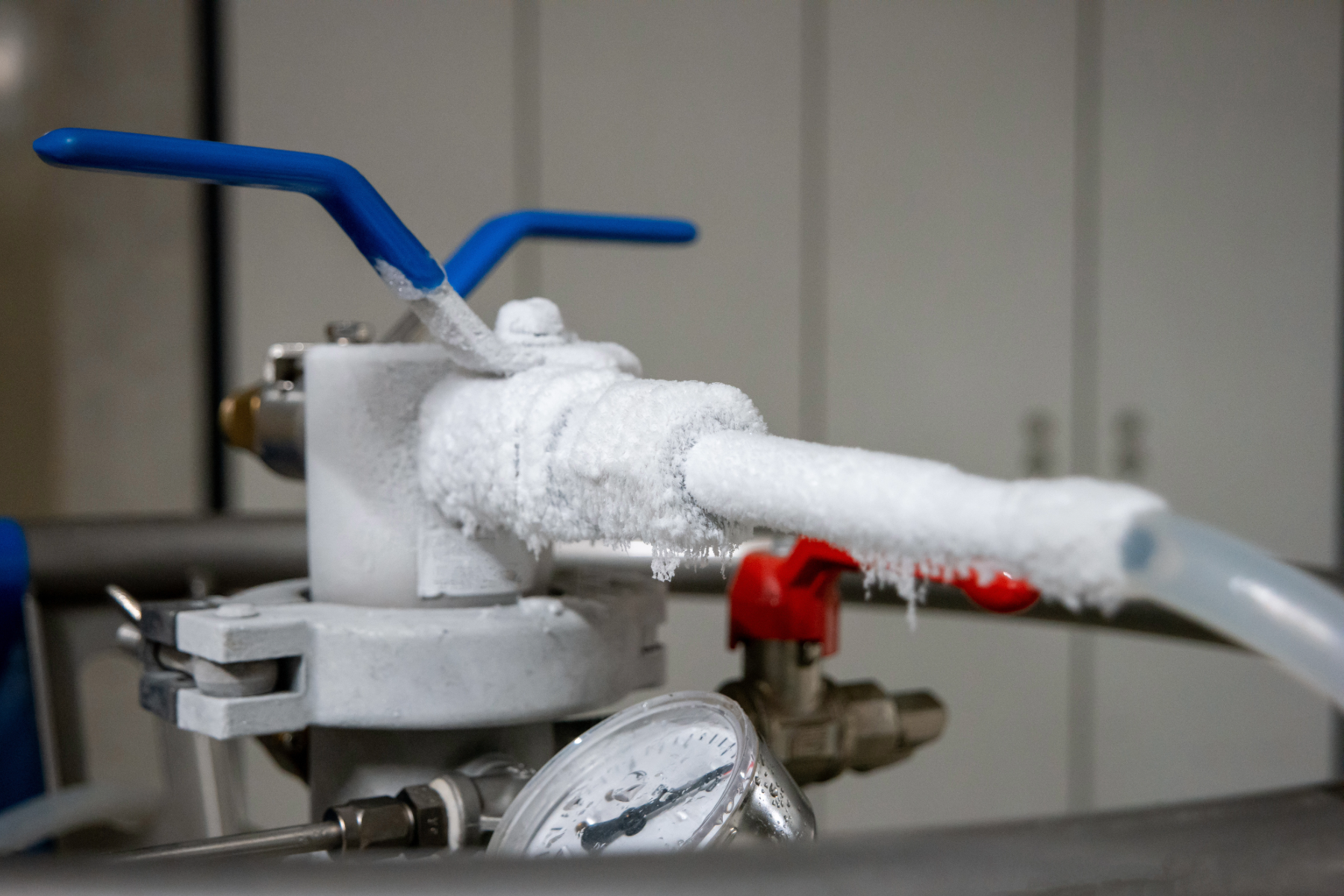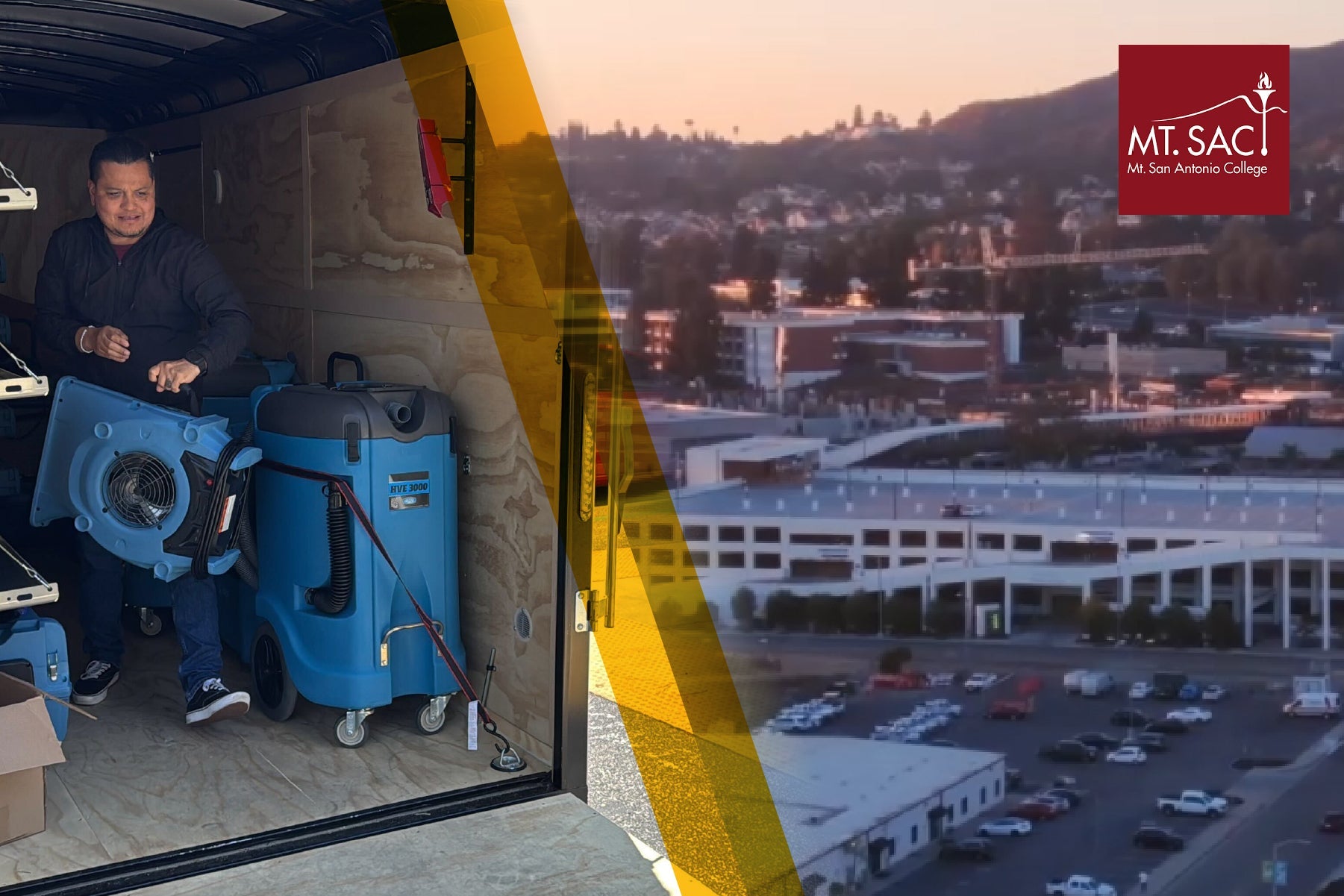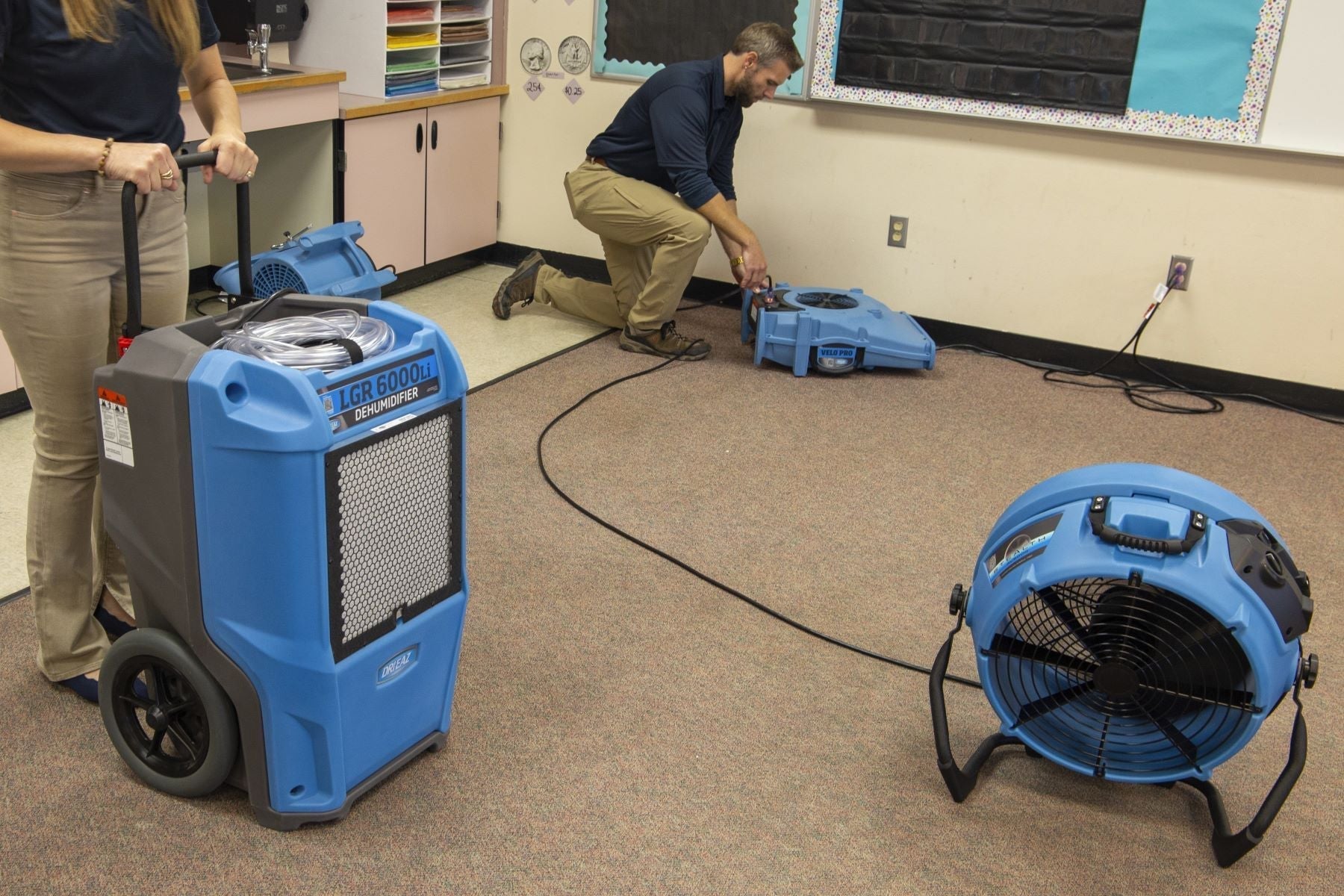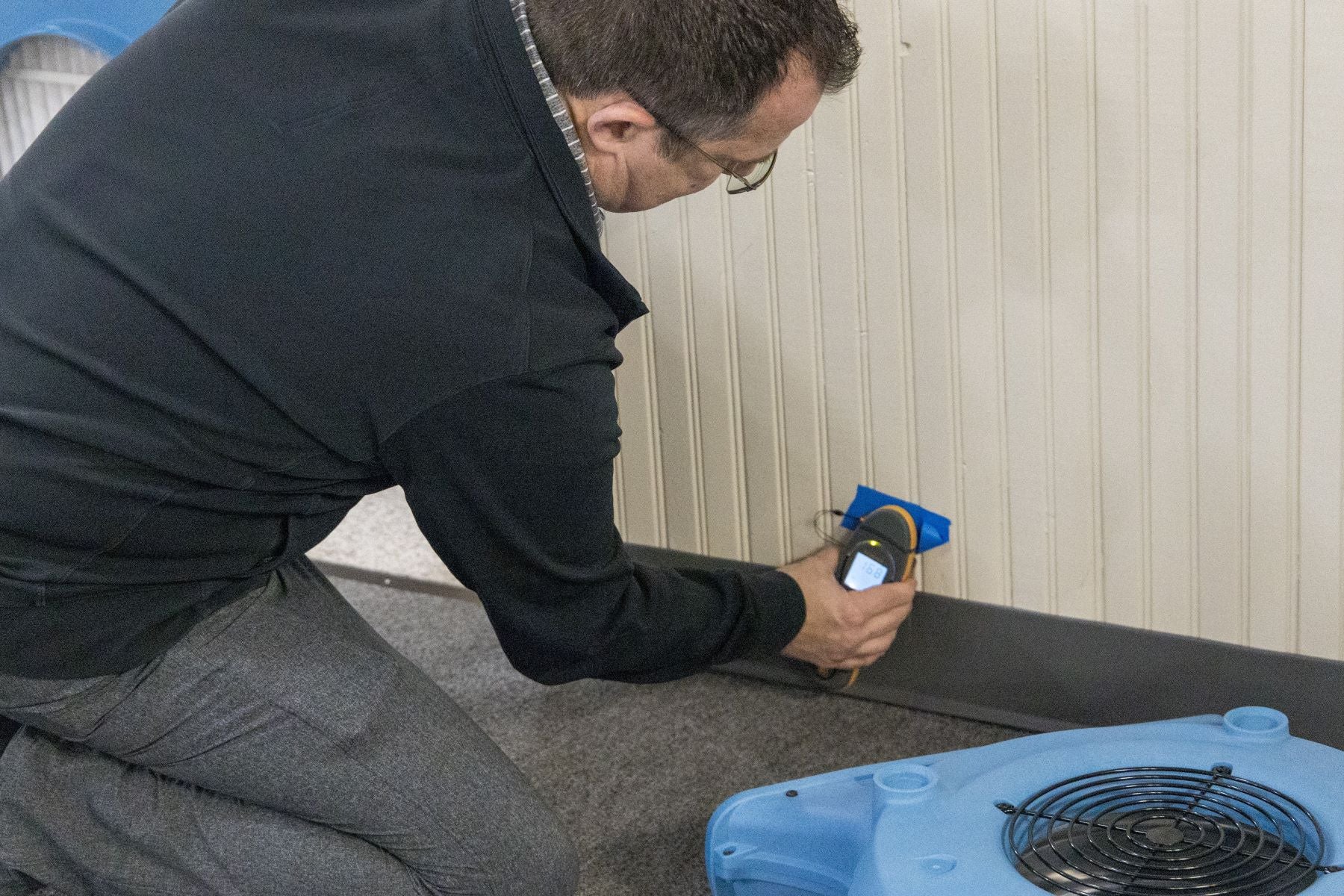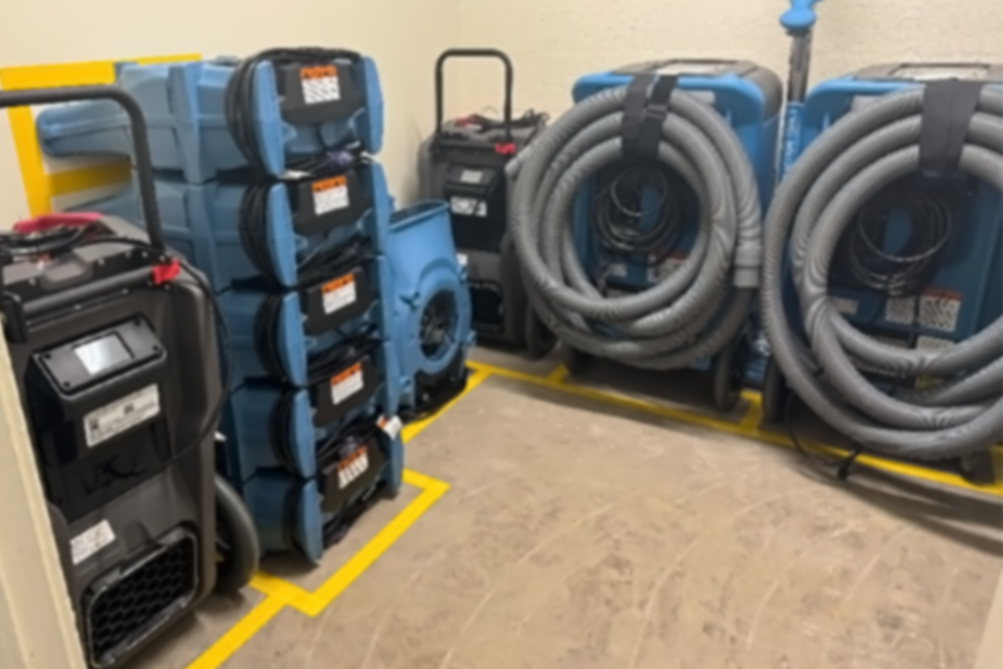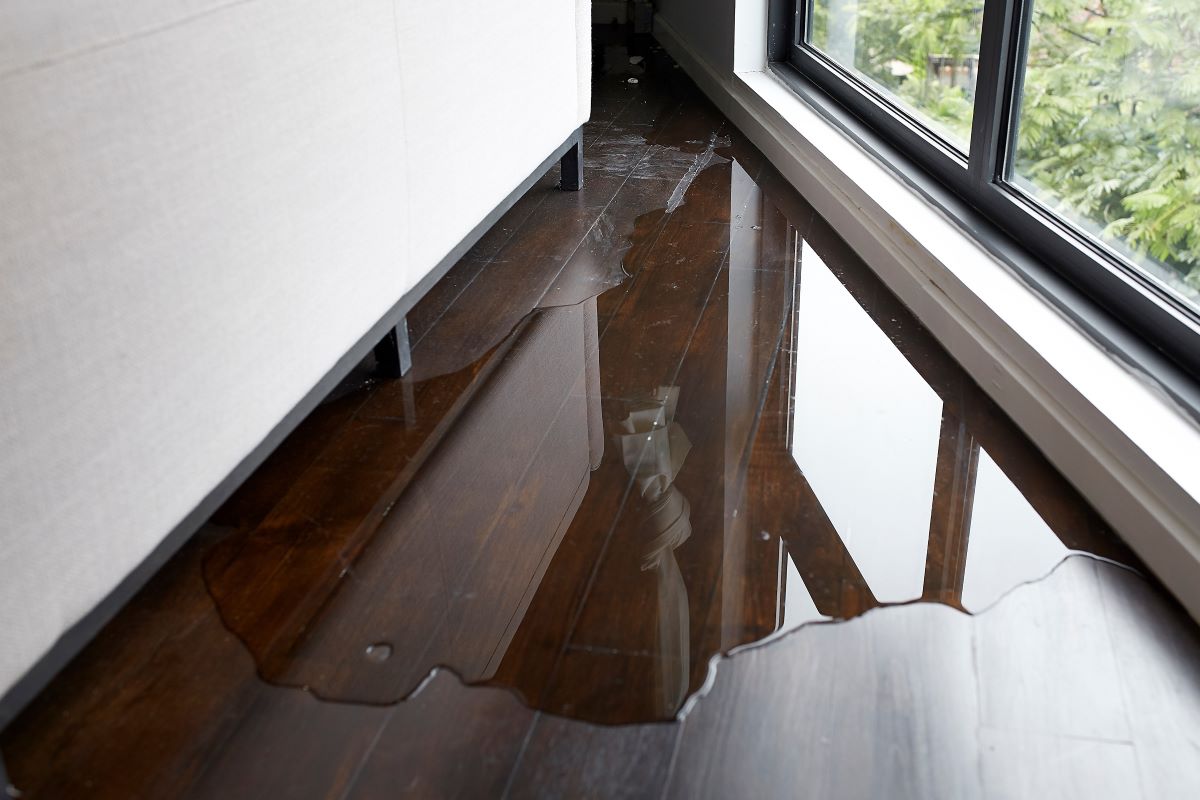Insights
Strategies to Retain Skilled Facilities Staff
By emphasizing training, empowerment, and respect, facilities leaders can reduce turnover, preserve institutional knowledge, and enhance overall performance. Learn practical ways to improve facilities team retention and how Ready 2 Respond Training can help build your team's technical skills and water response preparedness.
Water Damage in Multi-Family Buildings: What Every Property Team Should Know
In multi-family buildings, one leak can quickly impact several units. Sprinklers, appliances, and aging equipment are frequent causes, but most are preventable. Routine inspections, proactive replacements, and clear shutoff access reduce risk. Strong communication and quick response plans minimize damage, protecting both property value and resident trust.
How Standardizing Your Drying Equipment Saves Time and Money
Effective water damage response depends on more than equipment quantity—it’s about the entire system works together. Unified, professional-grade systems streamline training, ensure safety, and improve drying performance. Facilities teams gain faster setup, greater reliability, and consistent results that reduce downtime and strengthen overall response readiness.
Keep Building Occupants Informed During Water Damage Response
After water damage, the sound of drying equipment can cause concern among building occupants. Clear, proactive communication helps tenants, staff, and students understand the purpose of the equipment. Anticipating questions, setting expectations, and sharing updates can keep restoration on track.
Before the Freeze: Tips for Avoiding Winter Water Damage
As winter comes so does cold weather. Frozen pipes and other water damage can bring a business to a halt. Creating a winter maintenance program and water-readiness plan are effective ways to reduce the risk of weather related disruptions to facilities.
Case Study: Mt. San Antonio College Transforms Water Event Response
By investing in training and equipment, using a creative funding model, Mt. San Antonio College not only reduced risk but also empowered its facilities team to protect classrooms, labs, and offices while saving the institution significant costs.
Drying Equipment Placement: Common Mistakes to Avoid
Positioning equipment properly makes all the difference in making efficient drying progress. To train your team in some basic dos and don'ts, use this guide to identify common problems and simple fixes for faster drying.
Lessons from Healthcare Frontlines: Water Challenges for Facilities
Significant opportunities have emerged for improving the safety and efficiency of water emergency response in healthcare facilities, based on Ready 2 Respond assessments in hospitals, ambulatory care centers, and more.
Moisture Meters: Small Tools that Prevent Big Problems
These tools are essential for facility teams to detect hidden water, track drying progress, ensure quick recovery, and minimize disruptions. Discover expert tips for accurate readings and efficient water damage management.
Fall on Campus: Post Move-In Dorm Inspections that Prevent Problems
Students are back on campus - the ideal time to set the stage to prevent human error-caused water emergencies. Start the term with post-move-in inspections to protect both students and infrastructure.
Why the Right Drying Equipment Makes a Difference
When budgets are tight, it's tempting to "just get by" with the tools on hand. Learn why professional extraction and drying equipment is worth the investment, ensuring faster and better recovery with far less downtime and risk.
Why Small Leaks Aren’t Small Problems in Your Facility
Think a little water isn’t a big deal? Think again. Here’s how even minor leaks can lead to major costs, downtime, and health risks in your facilities—and how to stay ahead of them.

